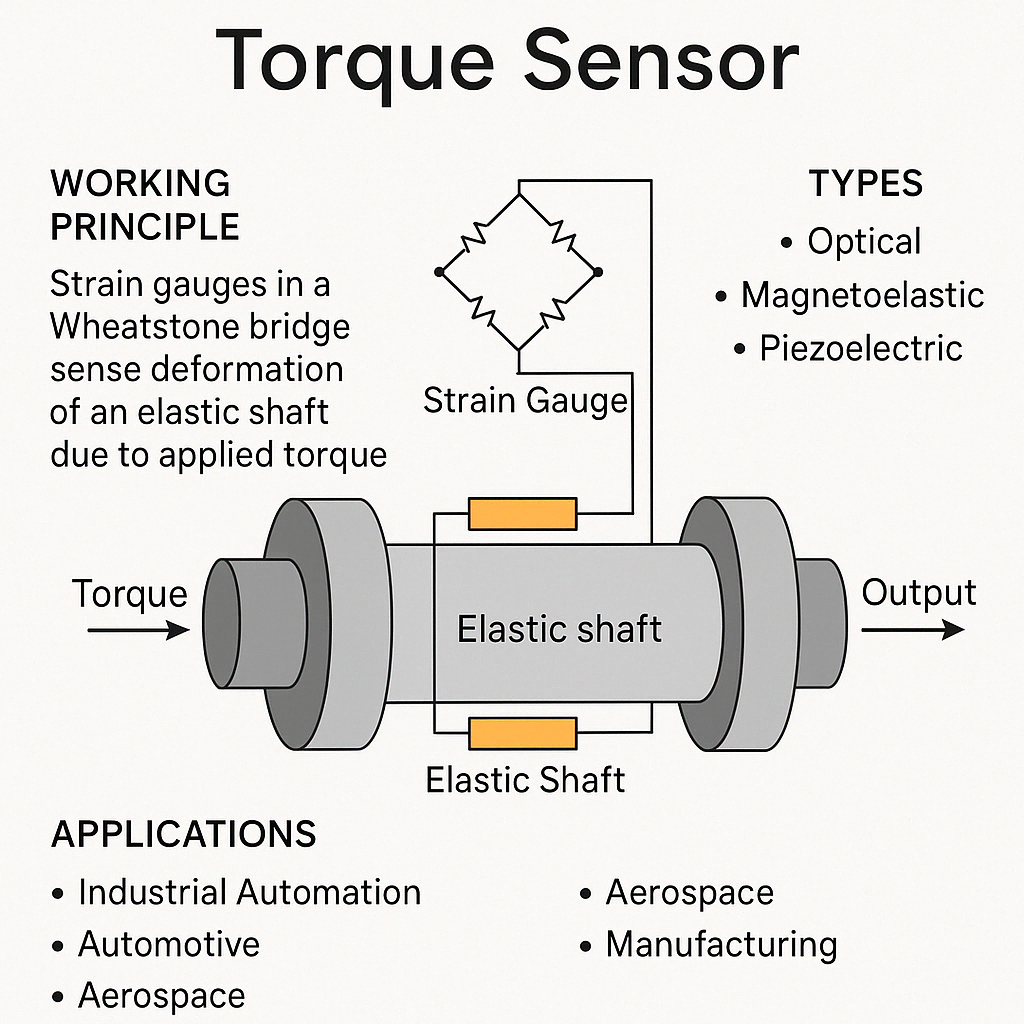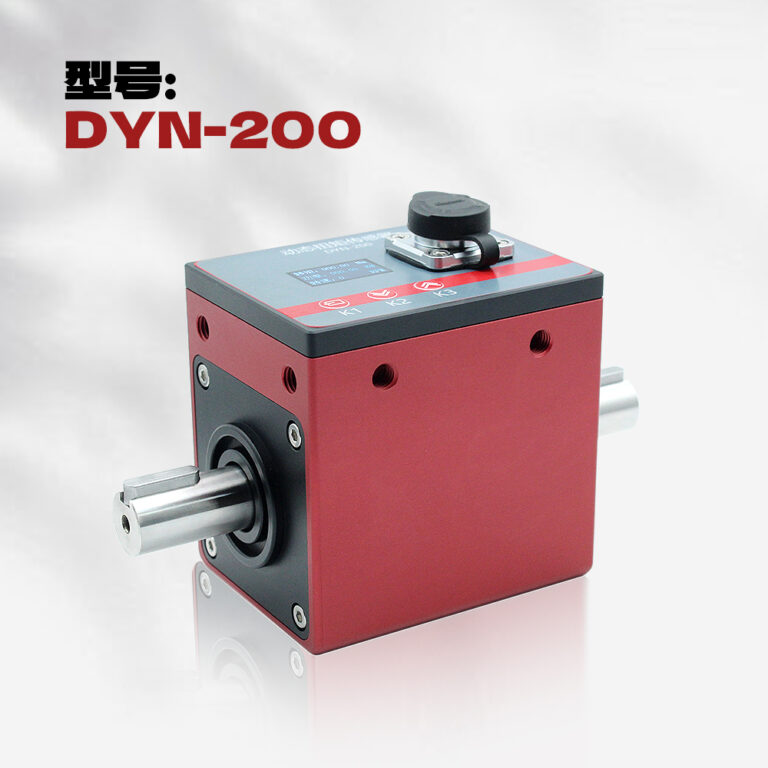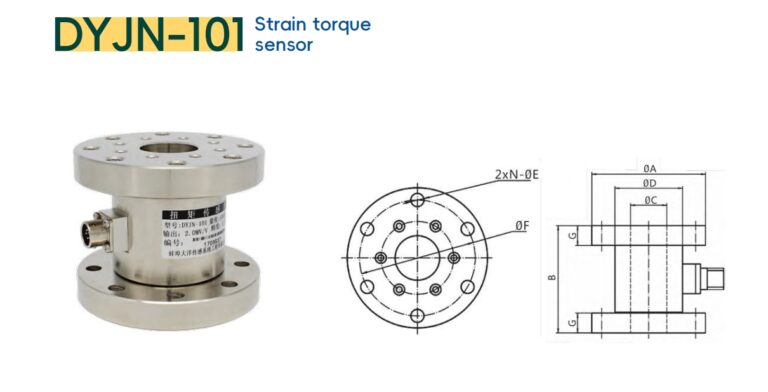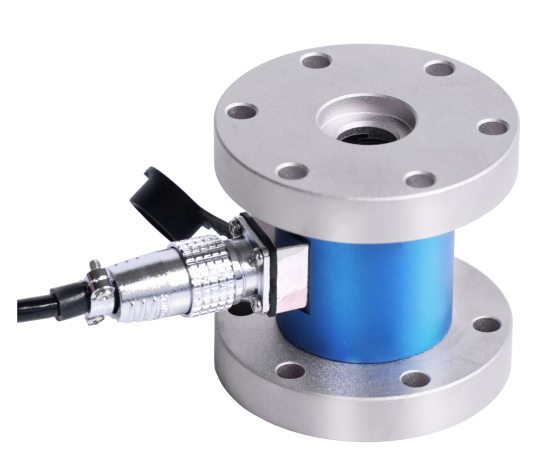1. Introduction
In the semiconductor industry, precision, repeatability, and reliability are not just desirable—they are essential. As wafer sizes increase and process tolerances shrink, equipment manufacturers and process engineers must ensure that every component in a semiconductor production line operates at optimal efficiency. Among the many sensors integrated into semiconductor machinery, torque sensors play a critical yet often underappreciated role.
This article explores the key applications, technical challenges, and selection considerations for torque sensors in semiconductor environments, emphasizing their value in ensuring tool stability, process integrity, and equipment longevity.
2. Why Torque Matters in Semiconductor Manufacturing
Semiconductor fabrication involves numerous mechanical systems: vacuum pumps, wafer handlers, chemical mechanical polishing (CMP) tools, and robotic arms—all requiring torque-controlled motion for precise operation. Even the slightest deviation in torque can cause:
Wafer misalignment or breakage
Increased equipment wear
Process defects leading to yield loss
Safety hazards in cleanroom environments
Incorporating torque sensors into these systems enables real-time torque measurement, allowing for predictive maintenance, closed-loop motion control, and tighter quality assurance.

3. Key Applications of Torque Sensors in Semiconductor Equipment
3.1 Wafer Handling Robots
Modern fabs use robotic arms to transfer wafers between processing chambers. These arms must maintain smooth and consistent motion, especially when handling 300 mm or 450 mm wafers. By integrating rotary torque transducers into joints or actuators, manufacturers can:
Detect excessive torque due to mechanical resistance or misalignment
Monitor joint health and lubricity over time
Enable torque-based feedback for adaptive motion control
This reduces the risk of wafer slippage, minimizes downtime, and enhances automation safety.
3.2 Vacuum Pumps and Motors
Vacuum technology is a backbone of semiconductor processing—from plasma etching to ion implantation. Pumps and compressors that create ultra-high vacuum conditions operate under tight torque tolerances.
Torque sensors here can:
Measure motor loading during startup and operation
Predict seal failures or bearing wear
Optimize power consumption by torque-based motor control
Additionally, magnetoelastic or contactless torque sensors are often preferred due to their non-intrusive, wear-free operation, making them ideal for vacuum or cleanroom installations.
3.3 Chemical Mechanical Planarization (CMP) Tools
CMP processes use rotating pads and slurry chemicals to planarize wafer surfaces. These pads are driven by motors, and the applied torque directly affects polishing pressure and uniformity.
Torque sensors installed on CMP spindles allow:
Real-time monitoring of polishing force
Process optimization to avoid over-polishing
Closed-loop control to maintain uniform wafer thickness
This improves wafer surface quality and reduces process-induced defects such as dishing or erosion.
3.4 Dispensing and Bonding Systems
In packaging and die-attach processes, dispensing adhesives or bonding dies often requires precision torque control on screws, gears, or motors. Reaction torque sensors help ensure:
Uniform application force
Proper alignment of microchips
Repeatable motion in automated bonding equipment
Improper torque could result in microcracks or delamination, severely impacting device performance.
3.5 Preventive Maintenance and Equipment Diagnostics
Beyond real-time control, torque sensors provide valuable predictive maintenance data. Changes in torque signatures can indicate early-stage mechanical wear, contamination, or imbalances in:
Spin-coaters
Lift pin assemblies
Stepper mechanisms
Reticle or mask transport units
This allows fabs to shift from reactive to condition-based maintenance, improving uptime and reducing unscheduled repairs.

4. Environmental and Technical Challenges
The semiconductor environment poses unique challenges for torque sensor deployment:
4.1 Cleanroom Compliance
Sensors must be:
Non-outgassing
Dust-free and particle-free
Capable of functioning in Class 1–1000 cleanrooms
This limits the use of sensors with moving parts or components prone to particulate generation.
4.2 Electromagnetic Compatibility (EMC)
Sensitive wafer inspection or lithography tools demand EMI-immune sensors to avoid interference with signal processing or measurement equipment.
4.3 Space Constraints
Semiconductor tools are compact and complex. Torque sensors must be miniaturized or embedded in shafts or motor housings without compromising performance.
4.4 Vacuum and Corrosive Media
CMP, etching, and deposition processes expose components to corrosive chemicals, requiring torque sensors to have protective coatings or be fully sealed.

5. Selecting the Right Torque Sensor for Semiconductor Equipment
When choosing a torque sensor for semiconductor applications, engineers should consider:
| Parameter | Recommendation |
|---|---|
| Measurement Type | Rotary or reaction torque depending on moving or stationary part |
| Output Signal | Analog (e.g., ±10 V), Digital (e.g., RS-485, CAN), or contactless telemetry |
| Sensor Technology | Strain gauge, magnetoelastic, or optical depending on cleanliness needs |
| Mounting Design | Compact, flange-mounted, or hollow-shaft designs for space efficiency |
| Sealing and Materials | IP65–IP68 rated, corrosion-resistant stainless steel or coated designs |
| EMI Protection | Shielded cabling and differential outputs to resist interference |

6. Future Trends: Smart Torque Sensing in Semiconductor 4.0
With the rise of Semiconductor Industry 4.0, torque sensors are evolving into smart, connected devices that:
Offer condition-based monitoring via edge computing
Integrate with MES/SCADA systems over industrial IoT protocols
Provide real-time analytics on process health and component wear
Support machine learning models for predictive diagnostics
By embedding smart torque sensors into legacy and new-generation semiconductor equipment, manufacturers can achieve better process traceability, reduced energy usage, and longer tool lifespan.

7. Conclusion
Torque sensors are indispensable for the precise control and monitoring of semiconductor manufacturing equipment. From wafer robots to CMP tools and vacuum pumps, accurate torque measurement improves productivity, reduces downtime, and safeguards wafer integrity.
As the industry moves toward full automation, AI, and predictive maintenance, torque sensors will continue to play a central role in ensuring the smooth operation of semiconductor fabs.
